Moon’s South Pole Conquered: Chandrayaan-3’s Success Unveiled
Vikram Lander Pragyan Rover: The entire world is applauding the Chandrayaan-3 mission’s success. The landing was scheduled for 6:04 PM on August 23, 2023, and ISRO (Indian Space Research Organisation) successfully achieved a historic feat by performing a soft landing on the moon’s surface at the designated time. Let’s understand in simple words what Chandrayaan-3 will do after landing and what tasks its lander and rover will perform. Learning from the technical setbacks during Chandrayaan-2’s landing, ISRO has refined Chandrayaan-3’s design, which the world has now witnessed. The result is that India has achieved what no one else could – a successful landing on the southern pole of the Moon, marking the first mission to achieve this feat.
Chandrayaan-3 Mission:
'India🇮🇳,
I reached my destination
and you too!'
: Chandrayaan-3Chandrayaan-3 has successfully
soft-landed on the moon 🌖!.Congratulations, India🇮🇳!#Chandrayaan_3#Ch3
— ISRO (@isro) August 23, 2023
Chandrayaan-3’s Landing
After the successful landing, let’s delve into what comes next. As of Wednesday evening at 6:04 PM, Chandrayaan-3 touched down. Within minutes, it will begin its operations. The soft landing was a triumph, and once the Vikram lander touches the lunar surface, it will open up from one side, creating a ramp for the Pragyan rover to descend. Pragyan will move forward at a speed of one centimeter per second. During this movement, ISRO’s logo on the rover’s wheels will imprint on the lunar surface, waving the Indian flag.
Pragyan’s 14-Day Mission
Pragyan will initiate its tasks shortly after landing and work continuously for 14 days. It will transmit its collected data to the Vikram lander, which will relay the data back to Earth. Due to the unique lunar day, equivalent to about 14 Earth days, Pragyan’s operational period aligns with a lunar day. Since it is landing near the Moon’s southern pole, sunlight for recharging might be limited. However, ISRO is confident that Pragyan and Vikram might continue working for an additional lunar day, receiving some assistance from sunlight.
Exploring the Lunar Surface
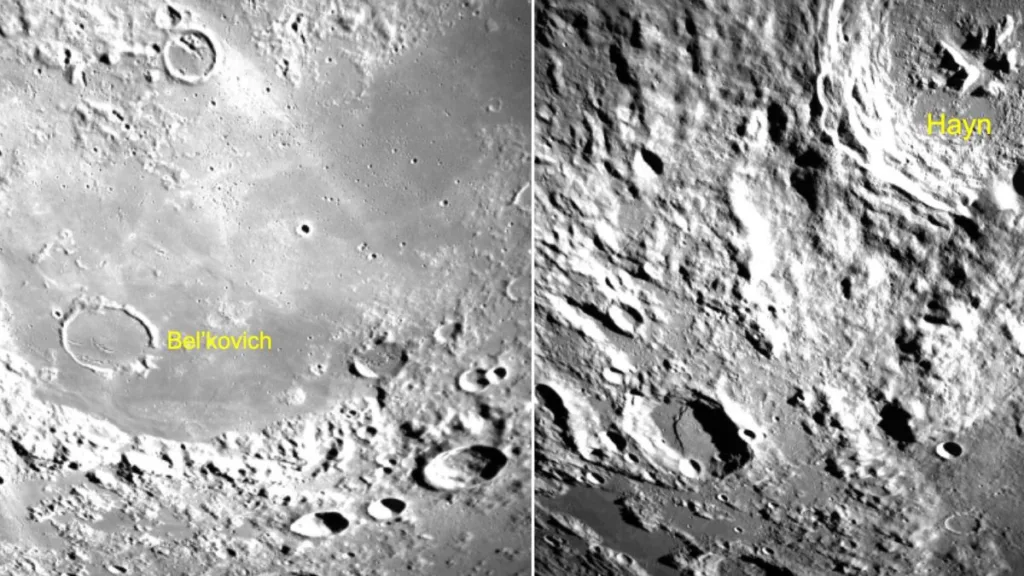
ISRO states that the lander will play a crucial role in communications, acting as a bridge between the rover and the Chandrayaan-2 orbiter, which was launched together with the rover. Additionally, it will communicate directly with the Indian Deep Space Network in Byalalu, near Bengaluru. The rover will explore the lunar surface, gather information, and send data back to Earth. The lander module is equipped with significant payloads, including the Radio Anatomy of Moon-Bound Hypersensitive Ionosphere and Atmosphere (RAMBHA) device, which will examine lunar plasma density.
ALSO READ IT: Russian Lunar Mission Fails: Luna-25 Spacecraft Crashes into Moon
Future Prospects: Human Settlements on the Moon?
Another essential payload on the lander is ILSA (Instrument for Lunar Seismic Activity). It will investigate seismic activity at the landing site. This data is crucial if future plans involve establishing human colonies or habitats on the Moon. Studying seismic activity is of paramount importance for such endeavors. Additionally, the LRA (Laser Retroreflector Array) payload will assess the moon’s dynamism. This payload will spend 14 days on the lunar surface, collecting and transmitting data from various locations.
Prime Minister Narendra Modi congratulated the entire ISRO team, expressing his joy. During his address.
#WATCH | Johannesburg, South Africa | Immediately after the success of Chandrayaan-3, PM Narendra Modi telephoned ISRO chief S Somanath and congratulated him. pic.twitter.com/NZWCuxdiXw
— ANI (@ANI) August 23, 2023






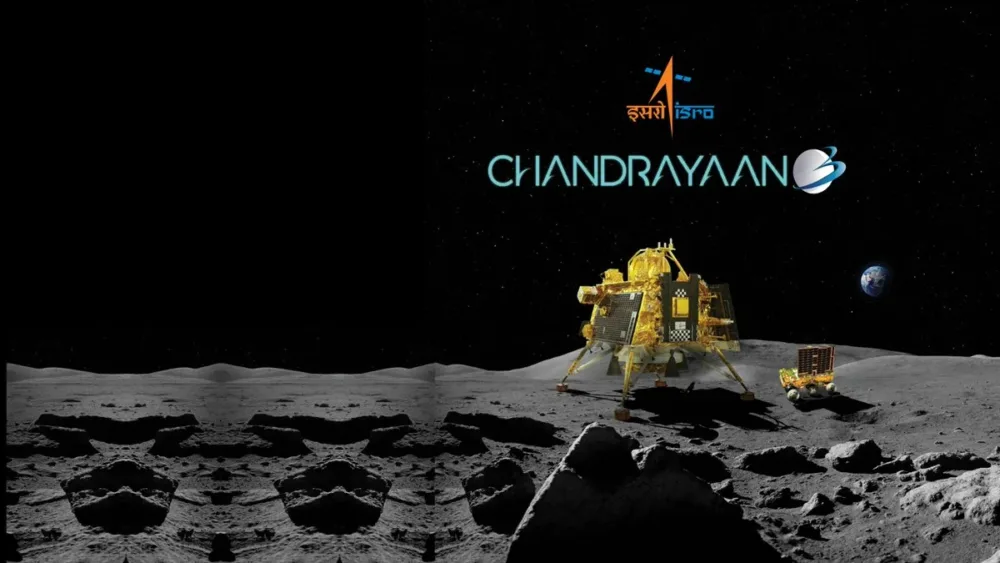
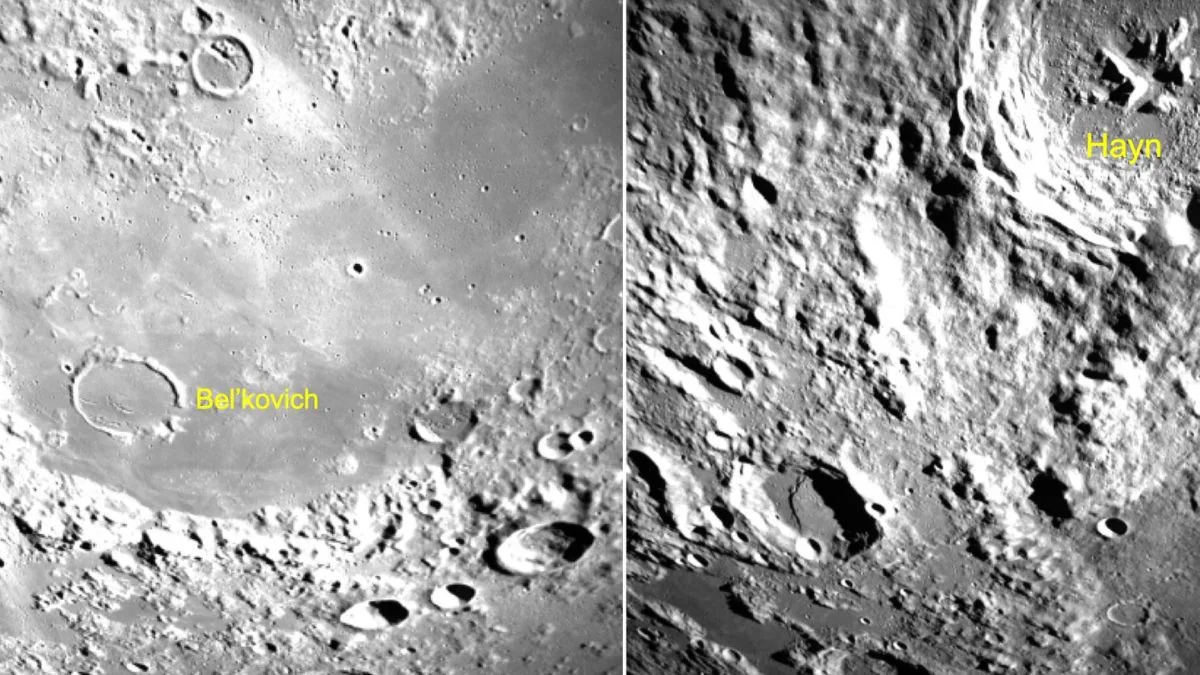
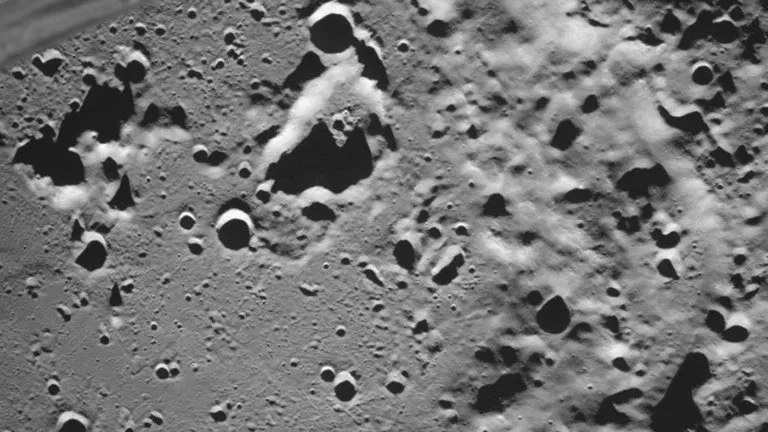

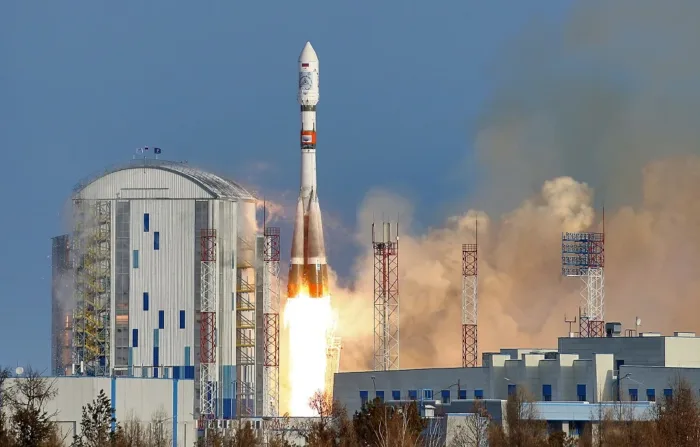
Your article helped me a lot, is there any more related content? Thanks!